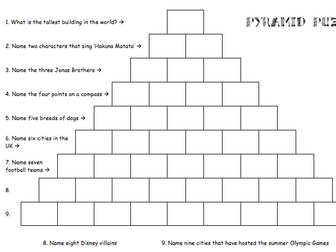Short Division [Bus Stop Method]
This is a unit of work that I planned for my Year 4 class for dividing 3-digit numbers by 1-digit numbers using a written method. We had covered mental methods leading into this unit which is reflected in Lesson 4's resources (selecting an appropriate method).<br />
<br />
Each lesson can be split across 2 lessons, which is effectively what we did to ensure they had enough time to consolidate and move onto the deeper challenges.<br />
<br />
L1: Dividing 2-digit numbers using short division<br />
L2: Dividing 3-digit numbers using short division<br />
L3: Finding missing values using inverse operations<br />
L4: Selecting an efficient method to solve division problems
![Short Division [Bus Stop Method]](https://l.imgt.es/resource-preview-imgs/71a5d70d-1898-4607-8179-663b81000f37%2FScreenShot20161209at205554.crop_268x201_0%252C19.preview.png?profile=res-img-med-legacy-v2)
![Causal and Contrasting Conjunctions [Year 4]](https://l.imgt.es/resource-preview-imgs/14c13556-df59-44c7-9f03-f53ee9a6003a%2FScreenShot20161109at193115.crop_591x443_0%252C47.preview.png?profile=res-img-med-legacy-v2)
